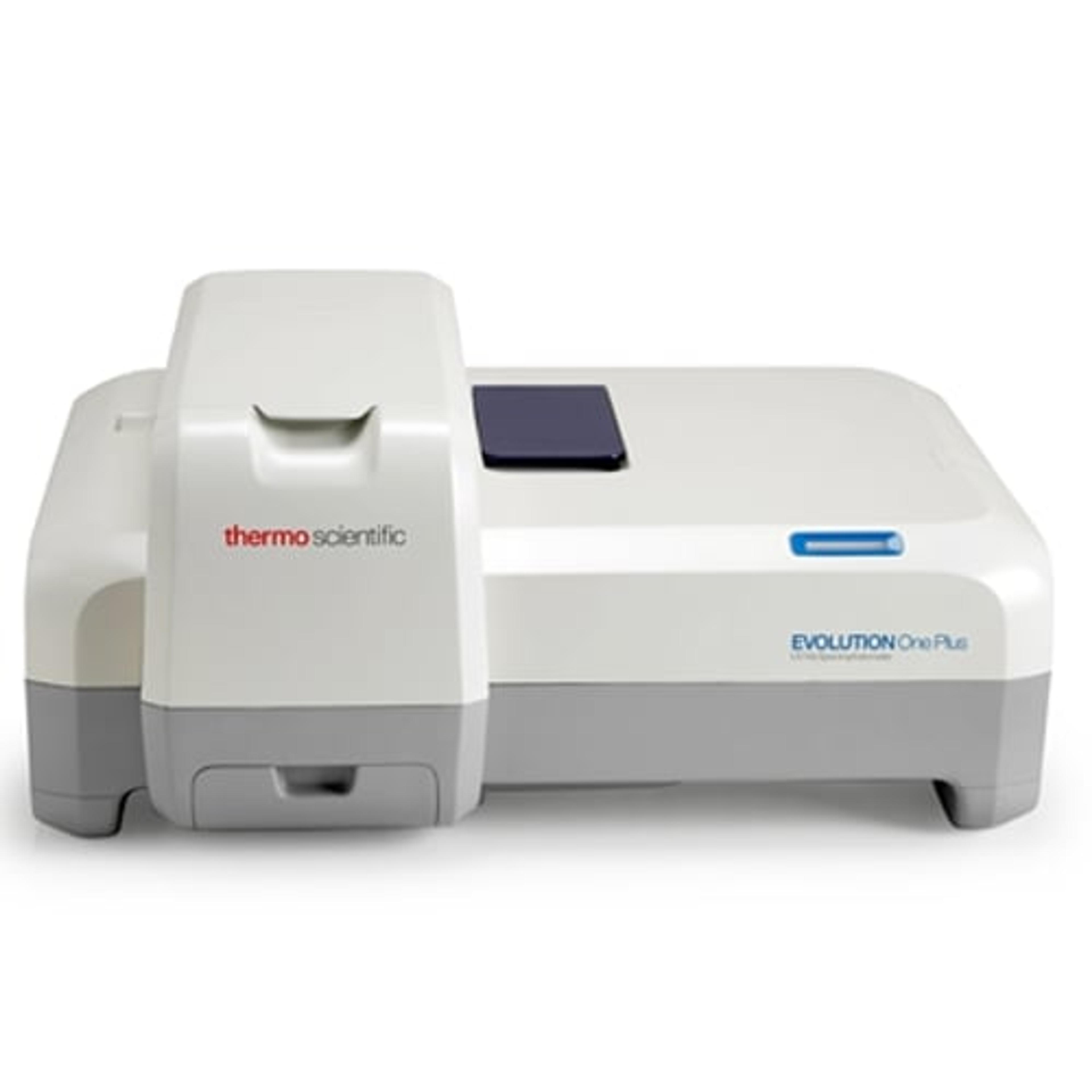Identification of protein aggregation through UV-visible spectroscopy
Watch this webinar on demand to discover how absorption and diffuse reflection techniques can be used in the characterization of protein aggregates
18 Feb 2022

Protein aggregates can irreversibly form in solution through a number of processes and are common within unstable samples. This results in a lower concentration of non-aggregated materials which can negatively impact pharmaceutical applications and can require further purification steps. Therefore, it is important to determine the extent to which a sample is aggregated early in the experiment. Typically, aggregates are identified using size exclusion chromatography. However, recovering the samples after this analysis is difficult and often time-consuming.
In this free SelectScience® webinar, now available on demand, Dr. Jennifer Empey, applications scientist at Thermo Fisher Scientific, demonstrates how to rapidly recognize the presence of protein aggregates using UV-visible absorption spectroscopy, a non-destructive analysis technique. Watch now to explore how the absorption spectrum of a protein aggregate can be obtained using an integrating sphere. Plus, discover how to determine the concentration of aggregated and non-aggregated materials in a scattering solution.
Watch on demandRegister now to watch the webinar on demand, and read on for highlights from the Q&A discussion:
Would this method be suitable for studying peptide aggregation?
JE: This method is non-specific to the aggregates that you have present. So as long as the peptides can aggregate to a point where they're large enough to scatter light, you will be able to see the scattering effect.
Will this method work to identify protein aggregates in any sample? What about other particles?
JE: This is specifically looking at solution-phase aggregation effects, samples that are suspended in solution. If you have any type of protein, given that it is making a particulate that's large enough to scatter light, this will be a useful method for detecting that aggregation. If you have particles from some other matrix you may have in solution which did not result from protein aggregation, you will still see the scattering effect, which will cause this artifact to be present in your absorption spectrum.
Is it necessary for biopharma customers to measure the concentration of aggregates?
JE: It's unlikely that the concentration of the aggregates is something that you absolutely need to determine. It just may be helpful to know the concentration of aggregates that were made to potentially improve your process further for future experiments. What's more important is being able to correct for that scatter to get a true concentration of free aggregates that are in solution.
What baseline value should you look for to determine if the sample has any aggregates?
JE: It's highly dependent on the sample that you're studying specifically. First, make sure you're taking a measurement of your solvent to set a baseline. From there, anything that's maybe 0.05 absorption units higher than that would constitute something to be concerned about in terms of aggregation.
As most of the proteins are either semi-solid or solids, to record and observe the results, is it vital to dissolve in suitable solvents or diffuse reflectance mode?
JE: I did use solution-phase measurements for my samples. Ensure that you're using a solvent that your free proteins can be dissolved in. The actual aggregates do not need to be dissolved in the sample because we are intending for it to cause that scattering effect so we can detect that.
One thing to point out is to make sure that the sample has been shaken, to ensure that the aggregates haven't settled to the bottom to make sure you can see that aggregation effect.
Can we do kinetics with this equipment?
JE: Yes, the Evolution™ One Plus UV-Vis Spectrophotometer does have a kinetics mode. So if you wanted to run measurements over time, that's an application you can use.
Is the Evolution One series of spectrometers new?
JE: Yes. This is a newly launched product that we have for Thermo Fisher Scientific.

